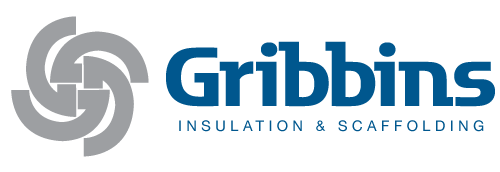Hazard Recognition – Part 1
There are many things that we do each day before work begins – we receive our job task, gather tools and equipment and move to our work area. But another important thing each of us should do is to look at all the hazards in our work environment before beginning our task. You should continue to evaluate the job throughout the day for hazards that may have changed or occurred during the course of the day. Hazards should be corrected or eliminated before proceeding with the task at hand. If you cannot correct the hazard yourself, contact your foreman or the safety department.
A hazard is defined as a chance, a chance of being injured or harmed or a possible source of danger. Jobsites are filled with many different hazards whether it be the task you are performing, task others are performing around you, equipment, chemicals, heat sources or weather conditions. Hazards should be recognized and  eliminated through engineering controls, administrative controls or personal protective equipment.
eliminated through engineering controls, administrative controls or personal protective equipment.
The following is a list of some of the hazards that are frequently encountered on jobsites include. This list does not cover all the hazards, but ones that we face on an everyday basis.
Material Handling and Storage – Manual handling hazards include improper lifting and carry techniques, carrying too much weight, incorrect gripping or lacerations. Mechanical handling hazards include untrained forklift operators, uninspected equipment or congested areas. Storage of material hazards include materials staked too high, unsecured materials that could become airborne or fall and storage in walkways or doorways.
Machine guarding – Hazards in this category include improper or missing guards around rotating or reciprocated equipment and guards on tools. An example of this would be guards on grinders.
Slips/Trips/Falls – Hazards to look for include slippery surfaces, poor housekeeping, extension cords or other debris laying in walkways, inadequately barricaded or covered holes, stairs or uneven surfaces.
Scaffolds – Hazards include slippery surfaces, unsafe access, uncompleted scaffold, uninspected scaffold, employees modifying scaffolding without the direction of a competent person, falls, struck by falling objects, electrocutions, scaffold collapse or wheels not being locked on rolling scaffolds.
Aerial Lifts – Hazards include untrained employees, defective equipment, electrocution from overhead power lines, tip over hazards, not using 100% fall protection, not closing gates or chains, poor housekeeping on jobsite or in lift, collision hazards, explosion and fire hazards, inadequate floor support, overhead hazards, drop offs, holes or bumps, strong or gusty winds or using other devices to elevate yourself from the platform.
Ladders – Ladders are one of the most common tools used, but can also be one of the most dangerous if not used correctly. Hazards in this category include uninspected ladders, ladders used on unstable or unlevel surfaces, slippery hand, rungs or shoes, using a step ladder as a straight ladder, using the top step or top of the ladder, not maintaining 3 points of contact or using the incorrect type or size of ladder.
Elevated Heights – Hazards exist not only where employees are subject to a fall of 6 feet or greater, but if a fall to a lower level or a piece of equipment below could occur. Fall protection or prevention should be used when needed. To eliminate these hazards always maintain 100% fall protection, inspect equipment before use, use anchor points capable of withstanding 5000 pounds, tie off points should be determined to ensure that your fall arrest equipment would stop you before you come into contact with lower levels or equipment, if you are using a 6 ft. shock absorbing lanyard you will need to tie off at least 19 feet above you to arrest the fall before striking the ground. Also, look for hazards where if a fall occurred you could be propelled over a hand rail.
Tools / Power Tools – Hazards in this category include untrained employees, laceration, flying debris, electrical shock, unguarded equipment, not following the manufacture’s recommendation, using tool for unintended use, unsecured tools when working at elevated heights or using defective tools.


